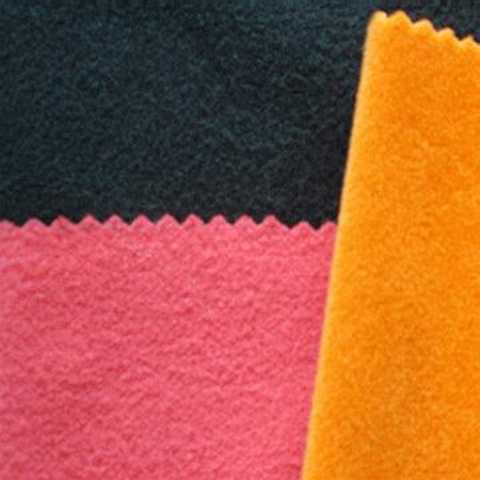For the physical things around us, we often know that they are not aware of them. For example, a woolen coat recently bought is said to be made of wool or cashmere, but are you sure you are buying a wool coat or other ingredients? The answer of course is no, especially for some fabrics with similar similarities, it is more difficult to distinguish. In this regard, I am here to describe the sanding fabric, light pile fabric, and velvet fabric.

First, sanding fabric
By rubbing, a layer of short fluff is formed on the surface of the fabric to change the feel and appearance of the fabric.
Identification method: The surface of the fabric has a peach skin effect.

Second, light pile fabric
After lightly grasping the wool or the Wool Fabric is subjected to heavy velvet treatment, the surface of the fabric is obviously stuffed but the texture of the fabric is visible.
Identification method: the villi are obvious but the texture of the fabric is visible.

Third, velvet fabric
Velvet fabrics generally refer to the three categories of velvet, velveteen, and corduroy.
Flannel: Generally, plain cloth, twill, feather satin and other grey fabrics are used to make relative movement with the wool rollers on the wire pilling machine to produce fluffy fluff on the surface of the fabric, thereby obtaining a soft and warm feeling; combining bleaching, dyeing, printing, and finishing. Process to make the fluff products look more beautiful.
Velvet: It is made of velvet tissue and then cut and velvet. The surface has dense, flat, towering and lustrous fluff, so it is called velveteen.
Corduroy: It is a fabric that is woven for weft-doubled structure and then cut and velvet. The fabric is wick-like velvet, also known as corduroy.
Editor in charge: Xu Yuehua
Plaid Fabric,Checked Fabric,Check Fabric,Plaid Cloth
Jiangyin Xiangxu Textile Co., Ltd. , https://www.xiangxutextile.com